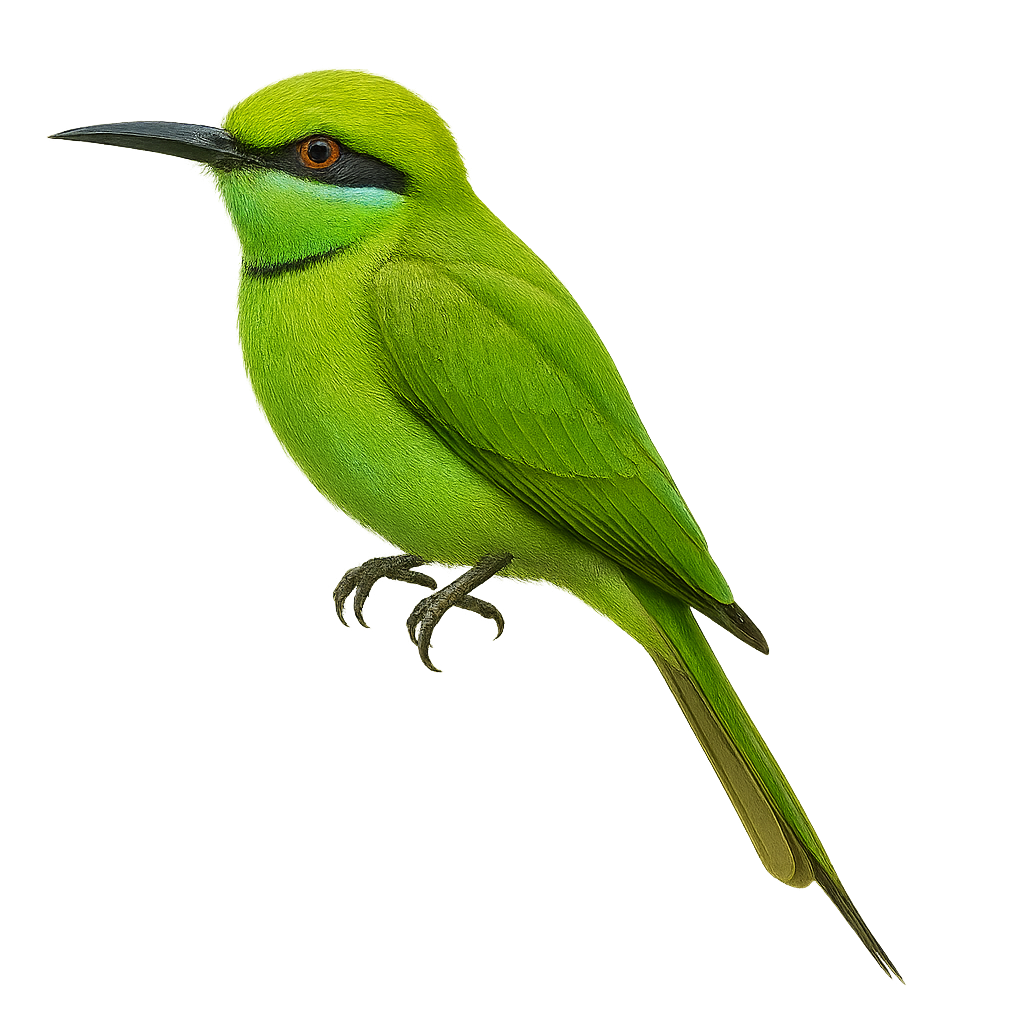Your wildlife photography guide.
Explore the persian green bee-eater in detail, study its behavior, prepare your shots.
Where to observe and photograph the persian green bee-eater in the wild
Learn where and when to spot the persian green bee-eater in the wild, how to identify the species based on distinctive features, and what natural environments it inhabits. The WildlifePhotographer app offers tailored photography tips that reflect the persian green bee-eater’s behavior, helping you capture better wildlife images. Explore the full species profile for key information including description, habitat, active periods, and approach techniques.
Persian Green Bee-eater
Scientific name: Merops viridissimus

IUCN Status: Least Concern
Family: MEROPIDAE
Group: Birds
Sensitivity to human approach: Suspicious
Minimum approach distance: 10 m
Courtship display: September to November
Incubation: 19-21 jours
Hatchings: September to December
Habitat:
arid zones, savannas, sparse forests
Activity period :
Primarily active during the day, with peak activity in the morning and late afternoon.
Identification and description:
The Persian Green Bee-eater, Merops viridissimus, is a colorful and graceful bird, primarily green with shades of blue and yellow. Known for its long central tail feathers and curved beak, it is adept at catching insects mid-flight. This bee-eater inhabits mainly arid and semi-arid regions, favoring open areas with sparse trees. Often seen in small groups, it perches on exposed branches. Its flight is agile and swift, allowing it to catch prey in mid-air. The Persian Green Bee-eater is also noted for its melodious calls, often heard during its flights.
Recommended lens:
400mm – adjust based on distance, desired framing (portrait or habitat), and approach conditions.
Photography tips:
To photograph the Persian Green Bee-eater, it is advisable to use a 400mm or longer telephoto lens to capture detailed images without disturbing the bird. Look for places where they often perch, such as exposed branches. Be patient and wait for them to settle after a flight. Morning or afternoon light is ideal to highlight their vibrant colors. Use a tripod to stabilize your camera and get sharp images.
The WildlifePhotographer App is coming soon!
Be the first to explore the best nature spots, track rutting seasons, log your observations, and observe more wildlife.
Already 1 439 wildlife lovers subscribed worldwide

